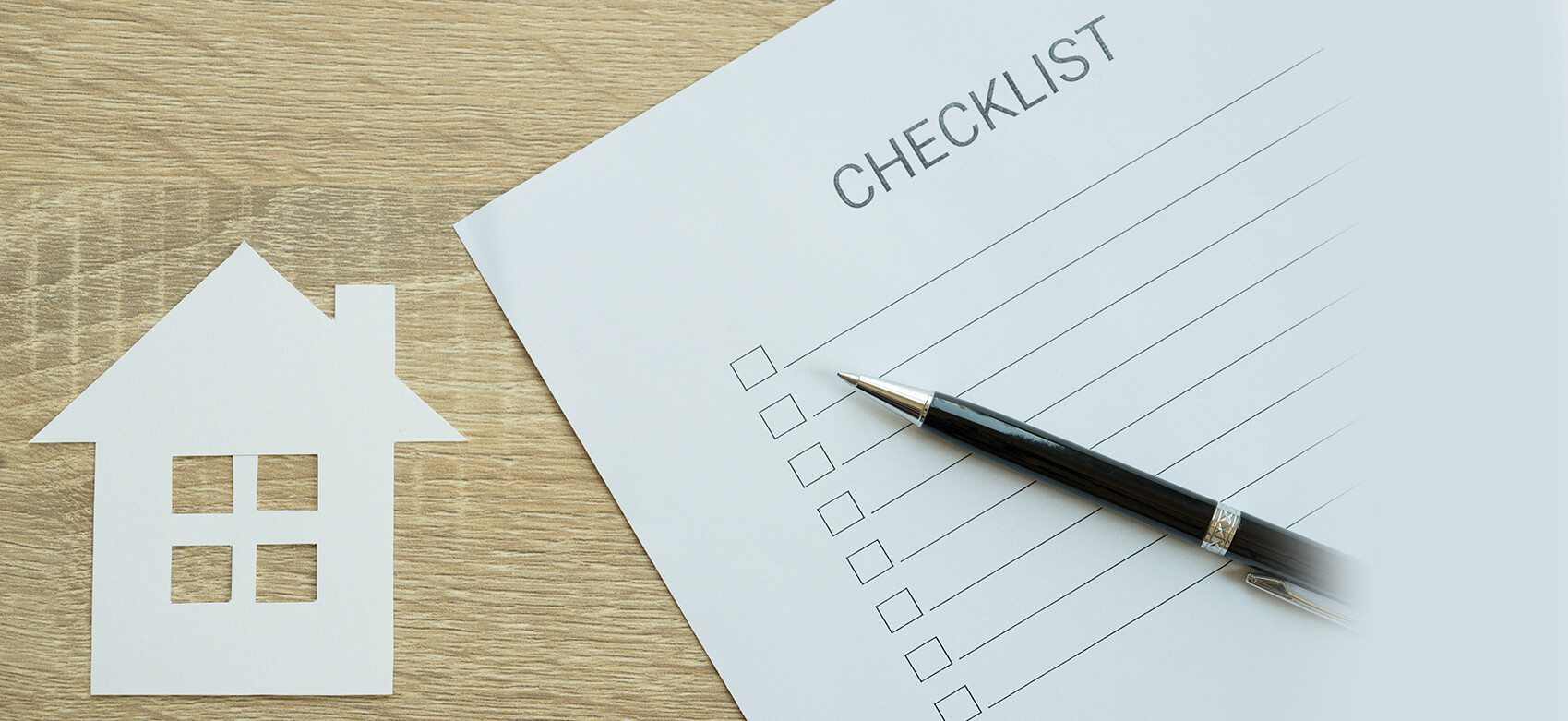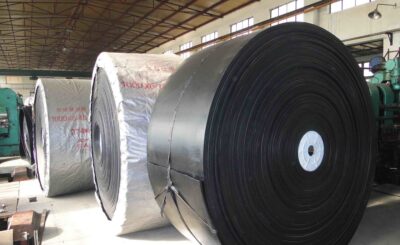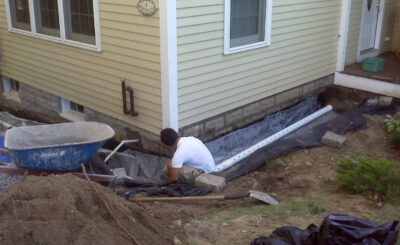When purchasing a property, conducting a thorough building inspection is crucial to ensure that you’re making a sound investment. A pre-purchase inspection identifies potential issues and saves you from costly repairs.
1. Structural integrity
The most critical aspect of a building inspection is assessing the property’s structural integrity. Look for signs of foundation issues, cracks in the walls, or uneven floors. Check for any sagging or bowing in the roof, which could indicate structural problems. Additionally, please inspect the condition of the beams, joists, and trusses to ensure they are in good condition.
2. Roof and gutters
The roof is another essential component of a building inspection. Check for any missing, cracked, or damaged shingles signs of leaks or water damage. Ensure the gutters are correctly installed and functioning to prevent water pooling near the foundation.
3. Electrical systems
Electrical issues are dangerous and costly to repair. During the inspection, check for any exposed wiring, outdated electrical panels, or signs of overloading. Test all outlets and switches to be functioning correctly. If you need more clarification about the electrical system’s condition, consider hiring a licensed electrician to conduct an inspection.
4. Plumbing
Plumbing problems lead to water damage, mould growth, and other health hazards. Check for any leaks, corrosion, or damage to the pipes. Test all faucets, toilets, and showers to ensure they function correctly. Look for any signs of water damage or mould growth, which could indicate a hidden leak.
5. Heating, ventilation, and air conditioning (HVAC)
The HVAC system is responsible for maintaining a comfortable indoor environment. During the inspection, check the age and condition of the furnace, air conditioner, and ductwork. Test the system to ensure it functions correctly and efficiently.
6. Insulation and ventilation
Proper insulation and ventilation are needed to maintain a comfortable and energy-efficient home. Check the attic and walls for adequate insulation and look for any signs of moisture or mould growth. Ensure the property has proper ventilation, including exhaust fans in the bathrooms and kitchen.
7. Exterior
The exterior of the property is just as important as the interior. Check for any signs of damage or deterioration to the siding, brick, or stucco. Look for cracks or gaps in the foundation, water, or pests entering the property. Please inspect the condition of the windows and doors to ensure they are functioning and providing adequate security.
8. Landscaping and drainage
Proper landscaping and drainage are used to prevent water damage and foundation issues. Check the grading around the property to ensure water drains away from the foundation. Look for signs of erosion or standing water, indicating poor drainage. Please inspect the condition of the landscaping, including trees and shrubs, to ensure they are not damaging the property.
It’s important to note that while a comprehensive building inspection checklist identifies potential issues, it’s always best to hire a professional inspector to conduct a thorough pre-purchase inspection https://vitalbuildinginspection.com.au/pricing/. A qualified inspector has the knowledge to identify hidden and provide a detailed report of their findings.








